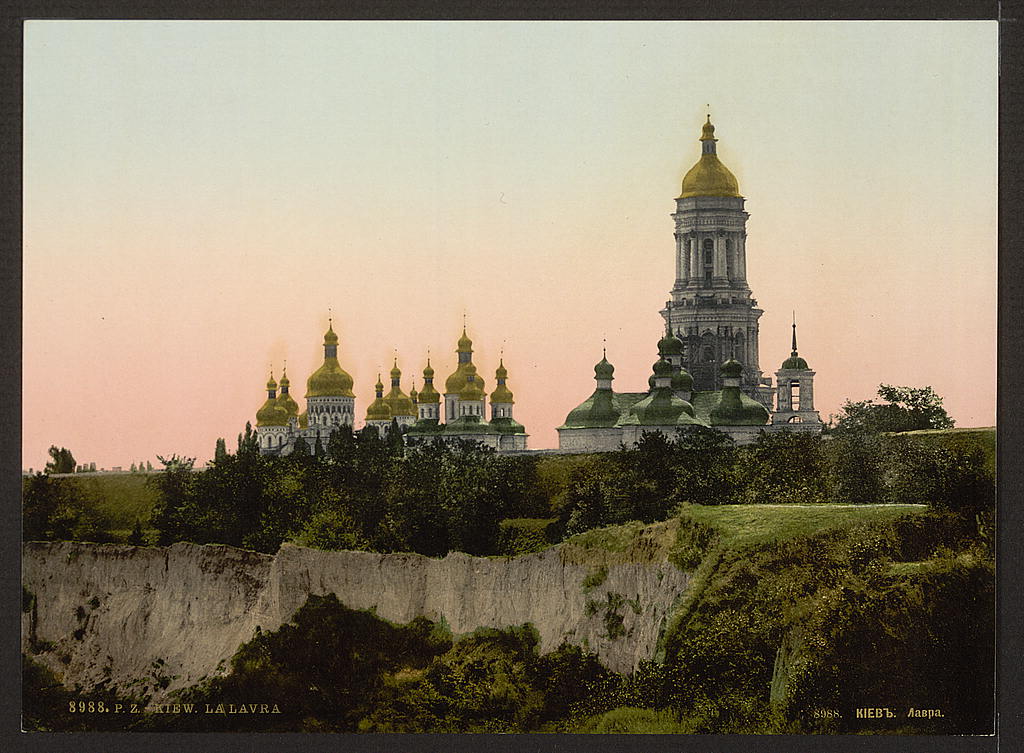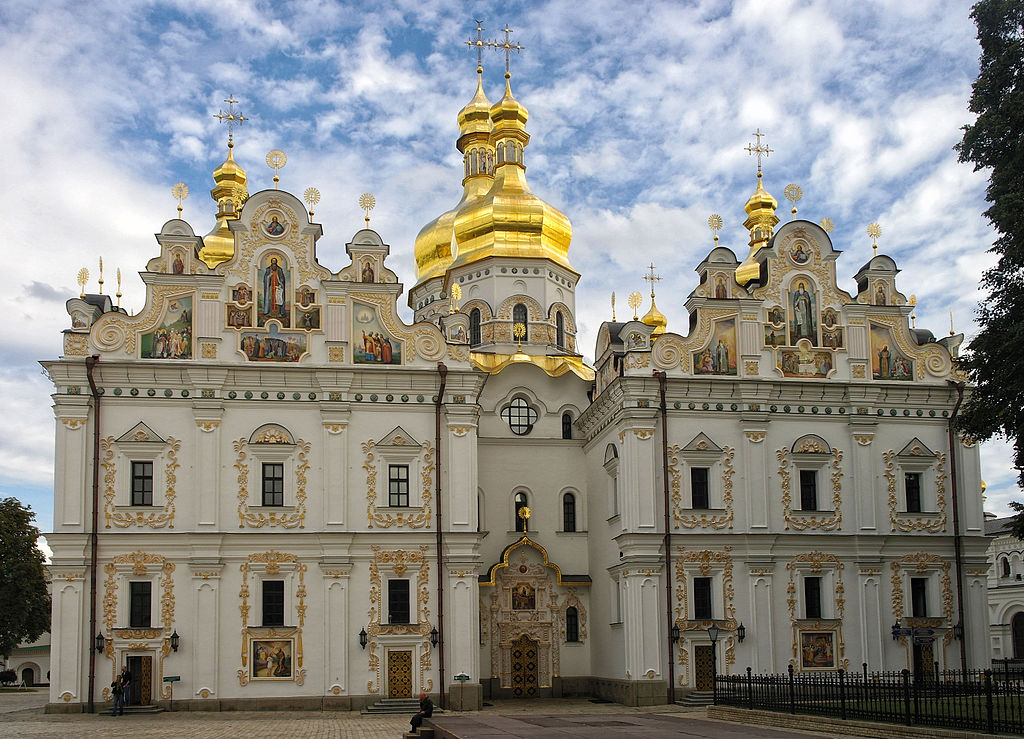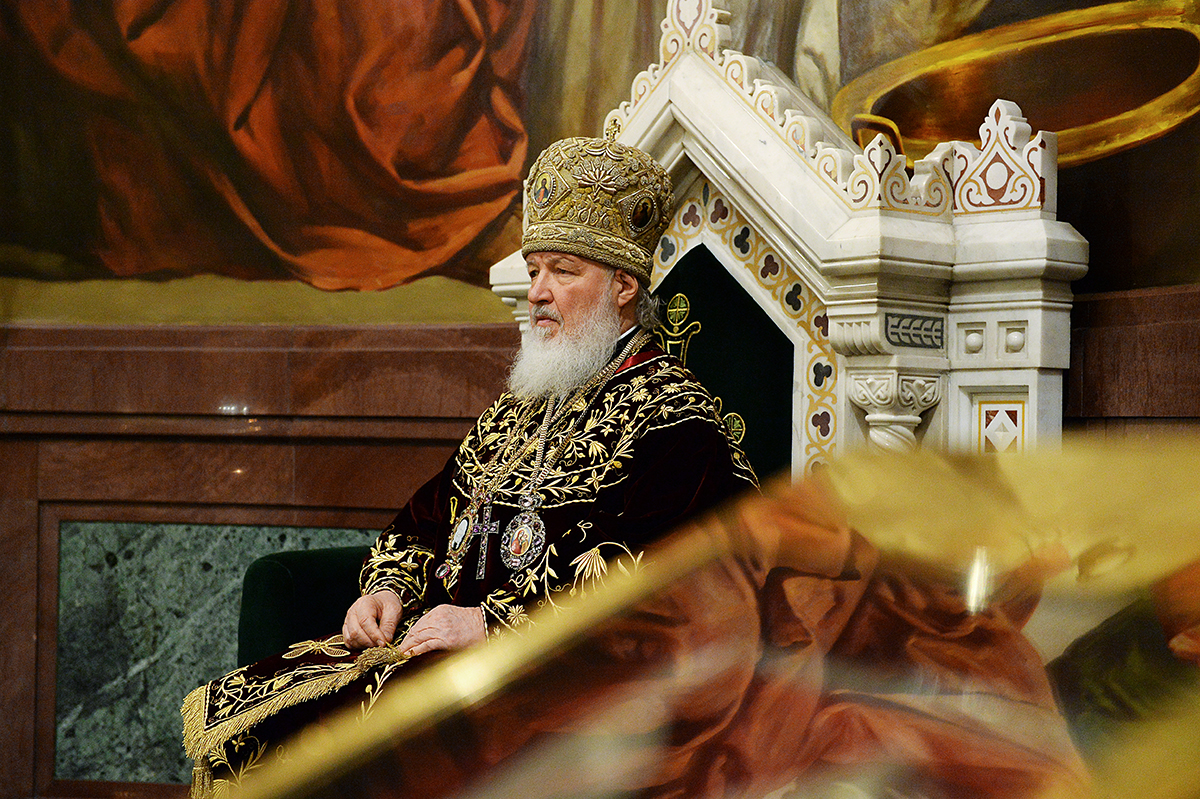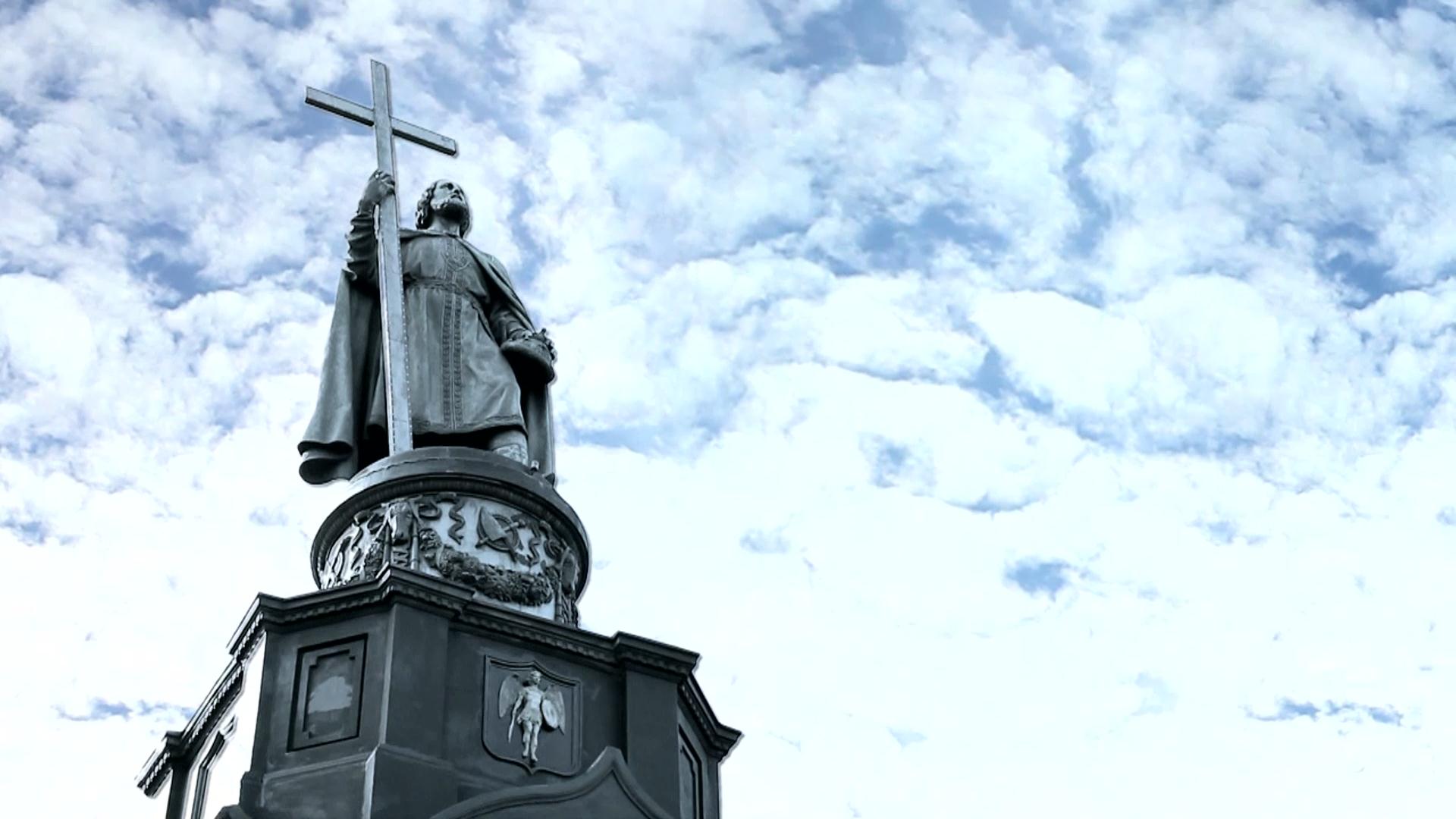In the first 76 days since the autocephalous Orthodox Church of Ukraine came into existence (December 15 to February 28), 417 parishes in Ukraine changed their allegiance from the Moscow church to that one, Bishop Grigory (Lurye) of the Russian Orthodox Autonomous Church says.
This process, he says
, is accelerating. In the second half of December, only 35 parishes changed allegiance, but in January 150 did, and in the short month of February, the number rose to 232. There is every reason to believe that this acceleration will continue as the number changing affiliation reaches “critical mass” in particular regions.
Up to now, “the overwhelming majority of these communities are situated in the western oblasts of Ukraine, somewhat fewer in the central ones, and very few in the eastern districts. The overwhelming majority of churches involved are village churches. Only 6.5 percent of those changing are in cities. In the city of Kyiv, only three (of 268 parishes or 1.12 percent) have.”
Bishop Grigory says that the Orthodox Church of Ukraine (UCU) and the Moscow Patriarchate in Ukraine “are competing for influence over the conformist majority of the population,” few of whom on their own, he argues, would be likely to act to make a change unless they first saw others doing so.
This is especially true in villages where the church is an integral part of the community and is viewed as belonging to the parishioners. Such people until very recently didn’t think very much about what their subordination meant. Only as the issue has emerged have they begun to move. And each change thus gives rise to more changes in affiliation when others see it.
In the cities, Bishop Grigory says, “the situation is quite different.” Most of the residents and the city administration have little to do with the churches. Many simple people visit the church only rarely, and the church never becomes “part of the landscape of their lives as is inevitably the case in the village.”
People do not view churches as “their own” but rather as belonging to someone else, in this case, the various church hierarchies. And they are less likely to believe that it is up to them do decide on the fate of the churches in that respect. Nonetheless, even in the cities, things are changing, albeit with a delay and more slowly.
Gradually in the West and to a less extent in the central part of Ukraine, there are taking shape regions where enough parishes have changed affiliation that others are looking to them and will now follow, first of all in the villages and then in the cities. This process is best described as “a chain reaction.”
The situation in the eastern part of Ukraine is very different. Not a single region there has seen enough changes to reach critical mass and lead to a chain reaction, the bishop continues, although there are some indications that Sumy oblast may be the first in that region where this will happen.
One should not except major changes in the east in the first half of this year; but much is going on below the surface, and it is likely that the ice will begin to melt and changes happen in the last six months of 2019. In many respects that will depend not only on shifts in allegiance but also on the actions of the two churches and the Ukrainian state.
But the trend is clear, he says: ever more churches in Ukraine ever more rapidly are going to transfer their allegiance to the UOC, first in the villages and then in the cities, and first in the west, then in the center, but finally in the east of the country as well.
Read More:
- Donbas occupiers doing to Ukrainian Church what they accuse Kyiv of doing to Moscow one
- Moscow church has already lost 2.5% of its parishes in Ukraine in month since autocephaly
- Rash of arson attacks on Moscow Churches in Ukraine directed from Russia – SBU
- Despite official harassment, OCU’s only church in Russia holds on
- War is a catalyst for change, says Sviatoslav, Head of Ukrainian Greek Catholic Church
- Orthodox Church of Ukraine won’t be a state church, Poroshenko says
- Majority of Orthodox believers in Ukraine identify with Ukrainian church, new poll shows
- Ukrainian Orthodox Church and Orthodox Church of Ukraine are now legal synonyms
- New independent church and Moscow Patriarchate vie for parishes in Ukraine
- FSB, SVR divide control of Moscow Patriarchate church at home and abroad, Ukrainian intelligence official says
- Ukrainian autocephaly a defeat for Putin but a victory for a future Free Russia, Illarionov says
- Now-independent Ukrainian Orthodox church set to be major player internationally, Illarionov says
- Ukrainian Orthodox Church head says Russian Orthodox Church will remain in Ukraine as many want it and he’s not against that
- Are the Uniates about to make common cause with newly autocephalous Ukrainian Orthodox?
- A short history of the Ukrainian Church: infographic
- Tomos ante portas: a short guide to Ukrainian church independence
- Ukrainian Orthodox Church head says Russian Orthodox Church will remain in Ukraine as many want it and he’s not against that
- Old wine in new bottles: how bad habits derailed Ukrainian Church unification – interview with Cyril Hovorun





